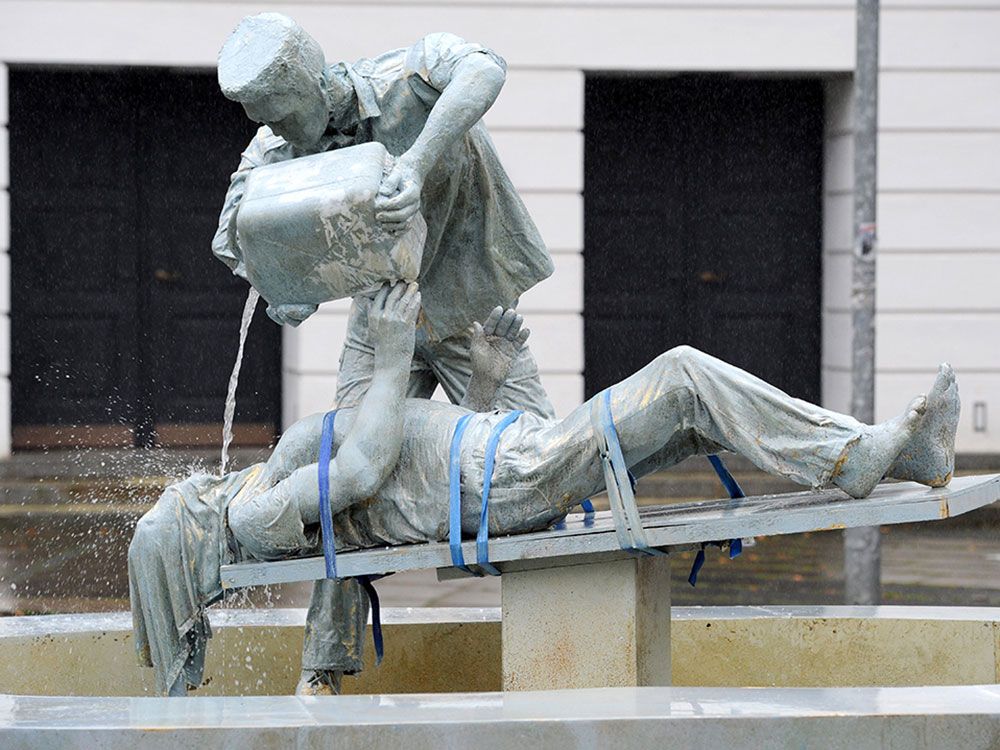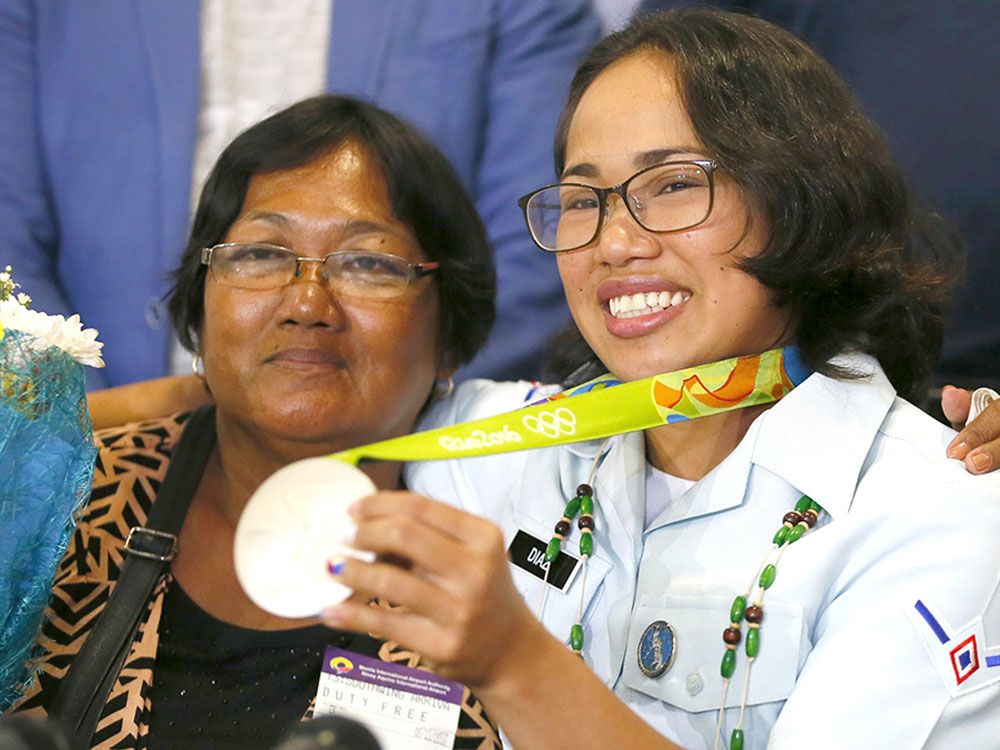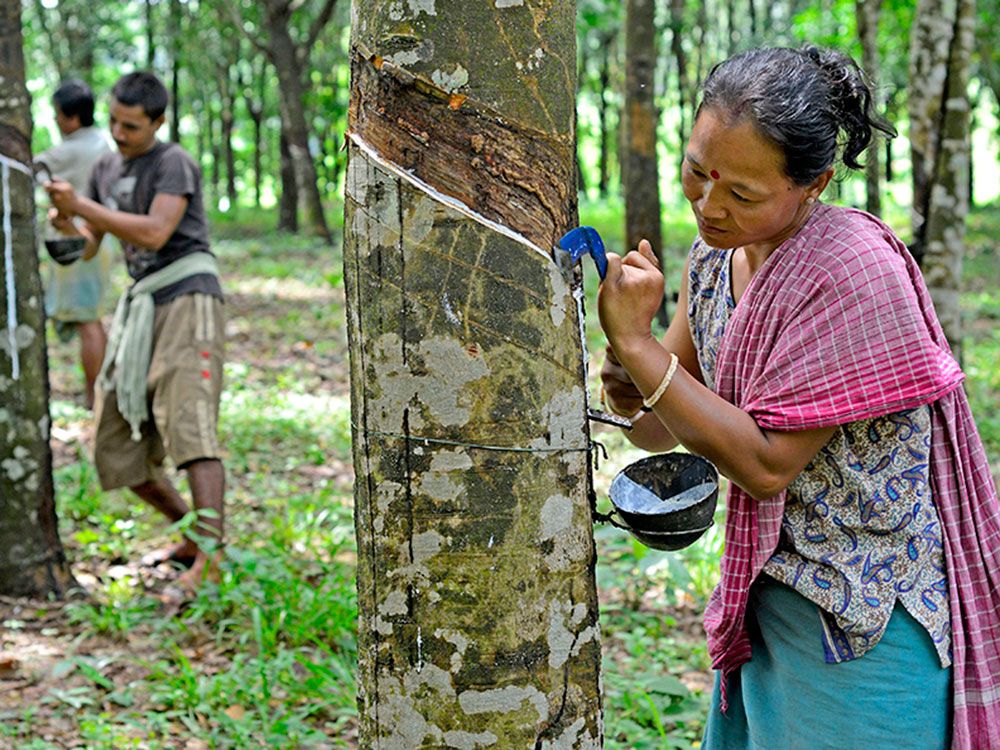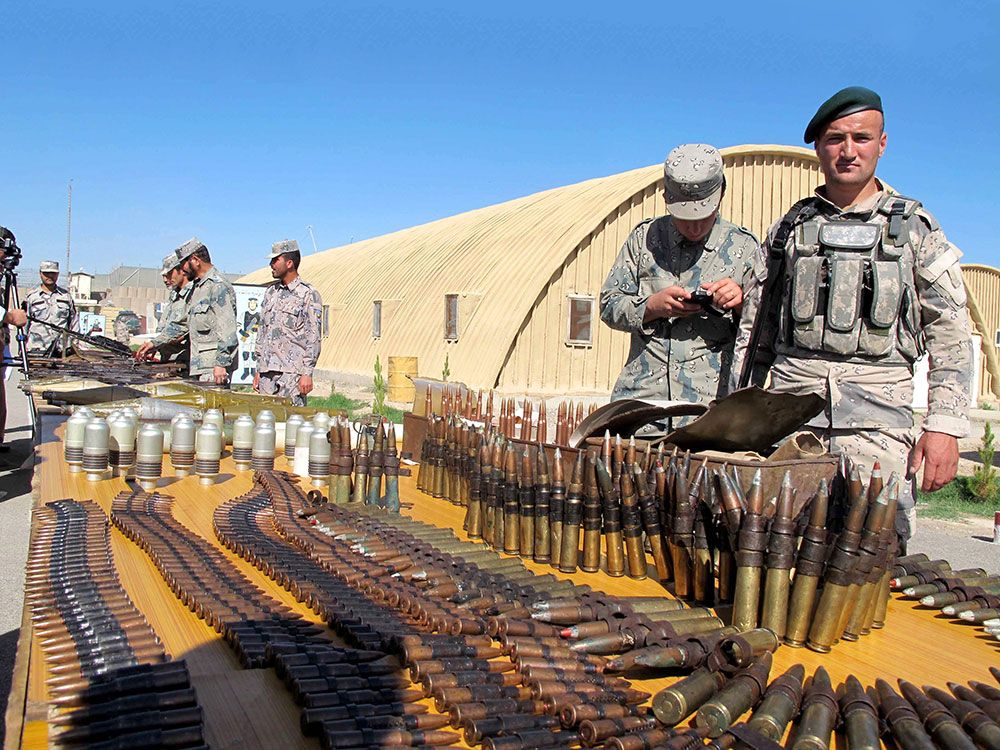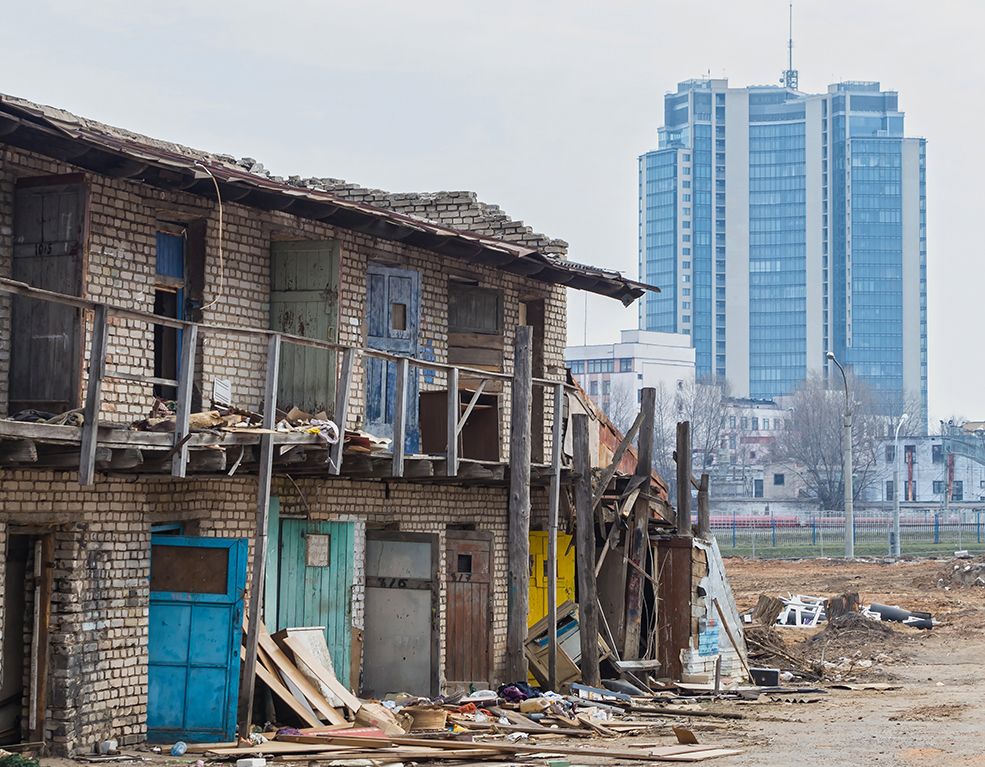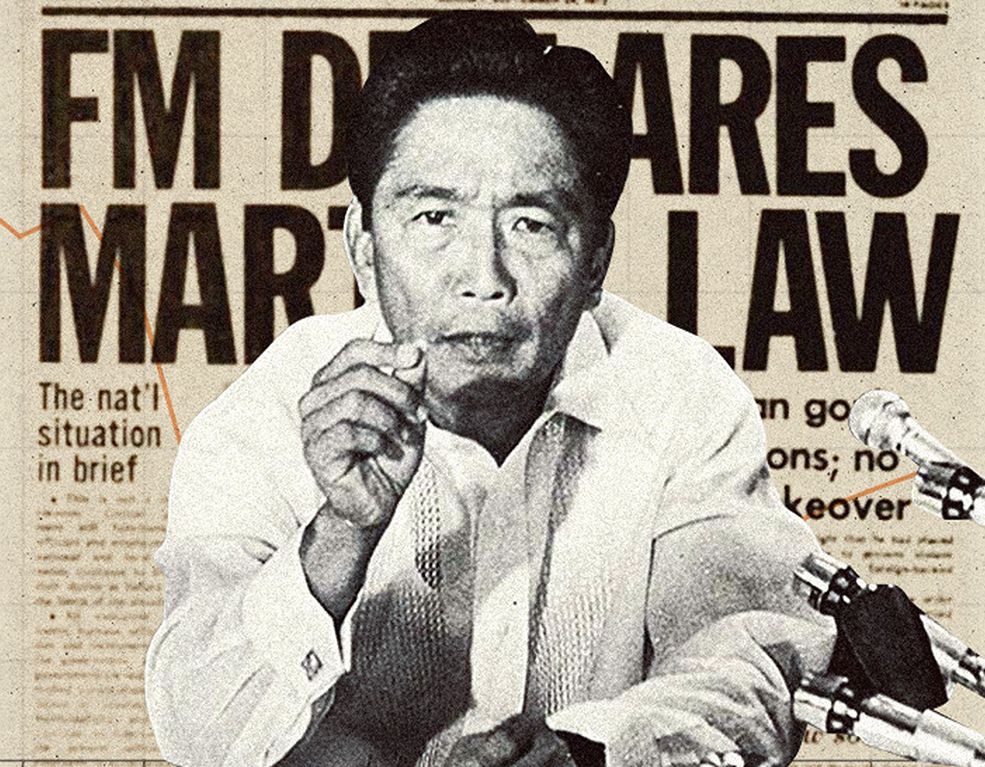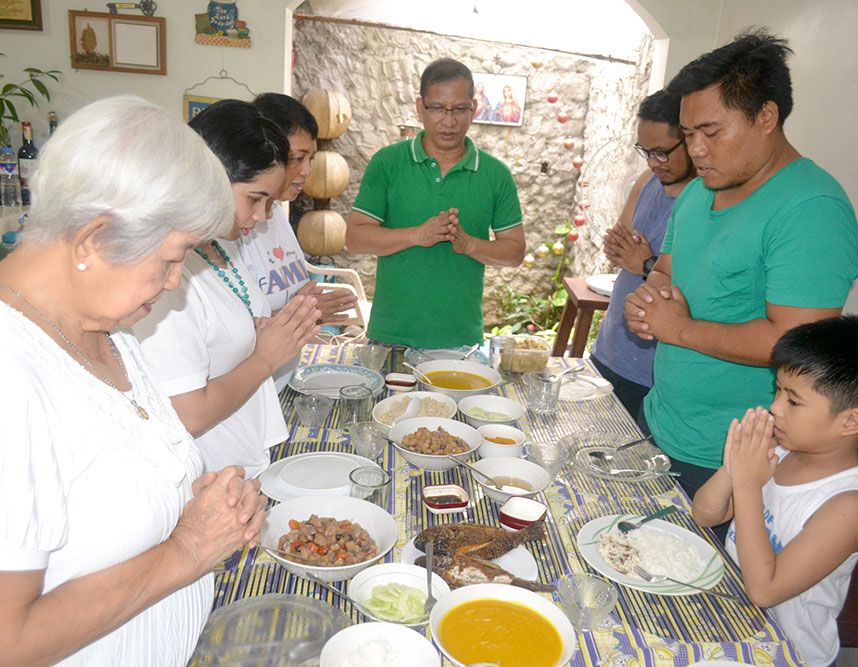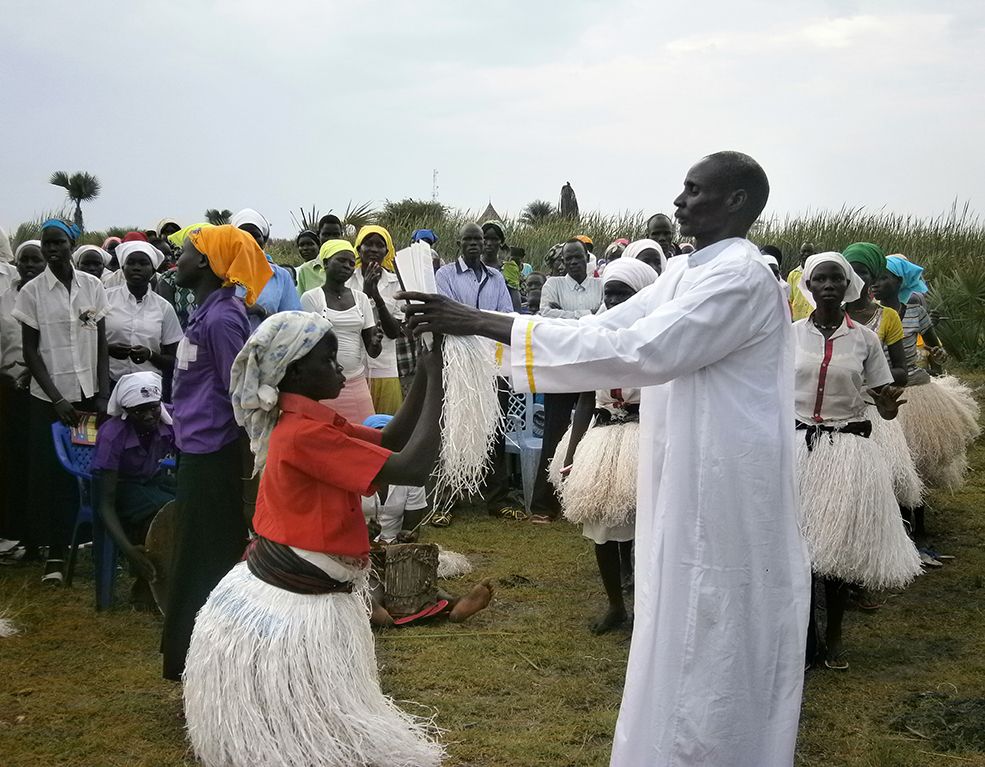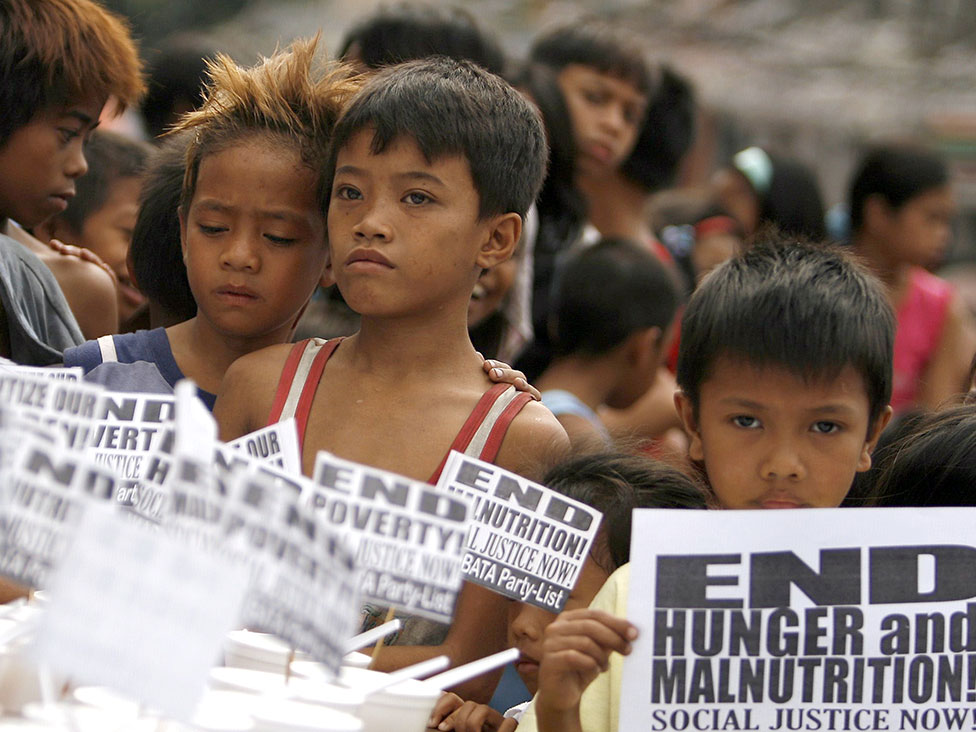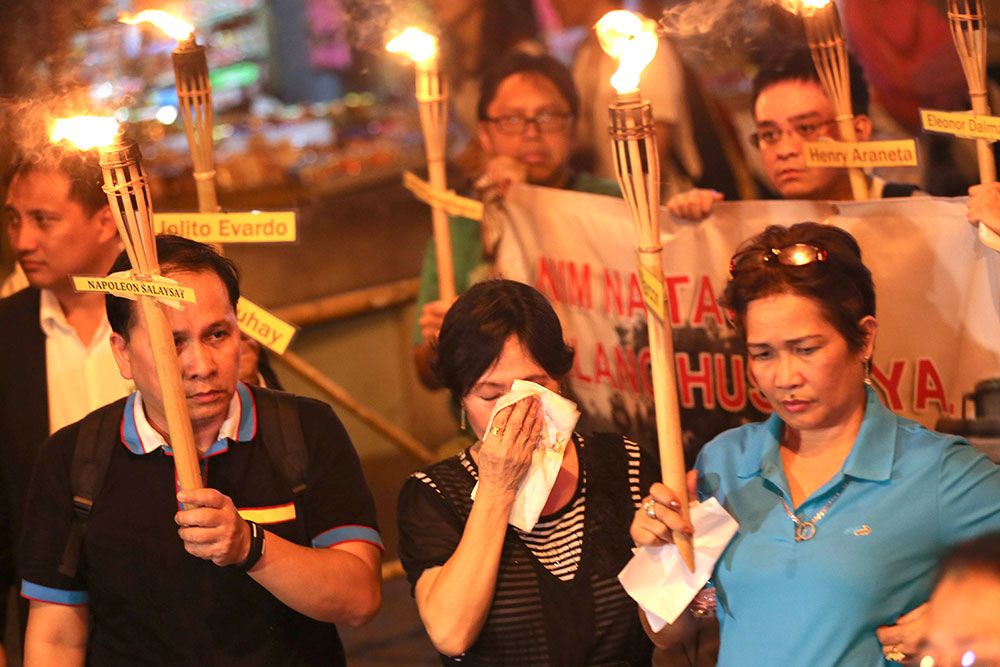In one of the most popular movies of Robin Padilla, the actor said: “Ang babae, minamahal ‘yan, hindi sinasaktan.” (A woman is to be loved and not to be hurt.) But the reality is: women are still being miffed, abused (sexually and verbally), abandoned, exploited and battered. Feminists, health volunteers and social workers call it violence against women (VAW).
The Declaration on the Elimination of Violence Against Women (1993) defines VAW as “any act of gender-based violence that results in, or is likely to result in, physical, sexual or mental harm or suffering to women, including threats of such acts, coercion or arbitrary deprivation of liberty, whether occurring in public or in private life.”
In the Philippines, Republic Act 9262, more popularly known as the Anti-Violence Against Women and Their Children, was passed in 2004. It broadened the definition of abuse to include physical, emotional and economic harm. It also made violence by an intimate partner (anyone with whom a woman has a sexual relationship) a public crime, and made it possible for anyone – not just the victim – to file a case against a perpetrator.
Intimate partner violence refers to “behavior in an intimate relationship that causes physical, sexual or psychological harm, including physical aggression, sexual coercion, psychological abuse and controlling behaviors.”
Sexual violence is “any sexual act, attempt to obtain a sexual act, unwanted sexual comments or advances, or acts to traffic, or otherwise directed against a person’s sexuality using coercion, by any person regardless of their relationship to the victim, in any setting.” It includes “rape, defined as the physically forced or otherwise coerced penetration of the vulva or anus with a penis, other body part or object.”
Filipina Senator Loren Legarda – who authored various laws on the protection of women – said that the responsibility to end VAW does not only lie with the government but also with everyone in the community, starting with the family. “We all have significant women in our lives – mother, wife, sister, daughter, or even a close friend. We all have to support this cause if only to ensure that the women in our lives would not be helpless, discriminated, or abused and would have the strength to fight for their rights. We can only stop VAW through our collective efforts,” the Senator pointed out.
More cases of violence
In the southern city of Davao, Philippines, the Integrated Gender and Development Division of the Mayor’s Office is receiving five cases of VAW each day. According to Officer-in-Charge Lorna Mandin, about 980 cases had been recorded in the first semester of last year alone. The figure was higher compared to 600 cases posted in the same semester last year.
In 2011, the regional division office of the National Statistical Coordination Board (NSCB) singled out Davao City as having “the most number of victims of violence against women in all age brackets” in Davao region.
Quoting data from the Philippine National Police Region Regional Command XI, NSCB said VAW cases, such as rape, physical assault, acts of lasciviousness in the City, increased from 2009 to 2010. In 2010, the reported cases of VAW increased by 46.5%. When combined with rape cases, the reported cases of 48.6% increased by 84.5%.
“These increases may be attributed to either more women are being raped – physically, sexually, psychologically harmed or economically abused – in Davao City or more Davaoeñas are willing to come out and report on the gender-based abuses committed against them,” the NSCB surmised.
VAW is happening not only in Davao City but in most parts of the country as well. The 2013 National Demographic and Health Survey showed that one in five women has experienced physical violence since age 15. Some 6% have experienced sexual violence.
About 30% of women sought assistance after being physically or sexually abused while 4% experienced violence while pregnant. The same survey showed that one-fourth of ever-married women experienced emotional, physical or sexual violence from their husbands. One in every 10 women is frequently accused by their husbands of being unfaithful. Two in every three ever-married women got abused by their alcoholic husband.
Girls also suffer
But adult women are not the only ones who experience violence; girls under 18 are not spared. In 2014, the division of the Department of Social Welfare and Development that handled child abuse cases recorded 3,168 girls who experienced abuse. Some 131 of them were babies under 12 months. About 1,149 girls were abandoned and neglected. On the other hand, 1,157 girls were sexually abused. At least 448 cases involved incest.
The Department of Health doesn’t consider VAW as just a crime but also a gross violation of human rights. “It does not only affect women’s physical and reproductive health but, especially, their mental and emotional state,” the Health Department explained. “VAW limits human development and curbs their capacity to participate in social development.”
The London-based Panos reported that VAW causes more death and disability among women aged 15 to 44 than cancer, malaria, traffic accidents or even war. “Women are more at risk from their husbands, fathers, neighbors, or colleagues than they are from strangers,” it pinpointed.
Implementation of laws
According to the Philippine Commission on Women (PCW), only 3 of 10 women sought help to stop the violence. “Many victims of abuses choose not to report these incidents due to lack of awareness about their legal rights. We have diligently toiled to enact pieces of legislation to protect the rights of women and promote their welfare. The greater challenge is to effectively implement these laws and educate women on their rights. Women around the country should be aware that they are sufficiently protected under various laws,” Legarda said.
Aside from Republic Act 9262, there are other Philippine laws that protect women’s rights. These include: Anti-Discrimination Against Women Act (RA 6725), Women in Development and Nation Building Act (RA 7192), Rape Victim Assistance and Protection Act (RA 8505), Magna Carta of Women (RA 9710), and the Anti-Trafficking in Persons Act (RA 9208) and its expanded version (RA 10364).
Although many Filipinos are now aware of VAW, there are still cases that go unreported. The reason: these people believe violence against women is accepted. “There is too much tolerance of violence in our culture,” explains Tet Balay-on, Knowledge Management Officer of Women’s Crisis Center. “Men think it is part of being a man; women think it is part of being in a relationship.”

